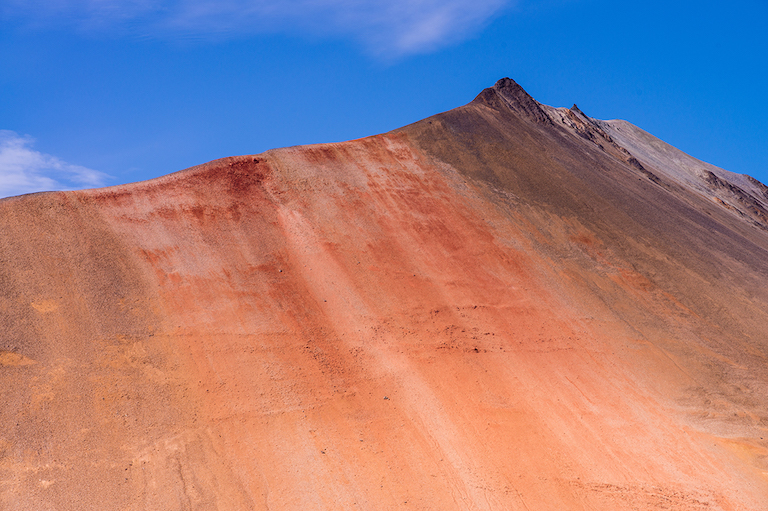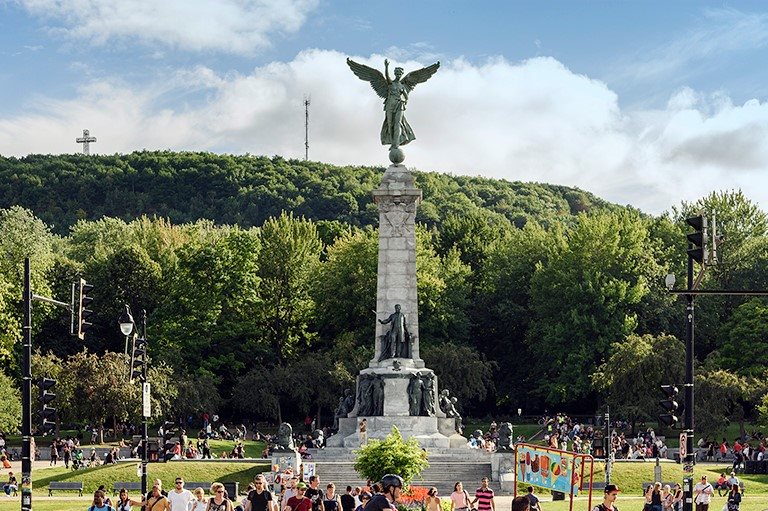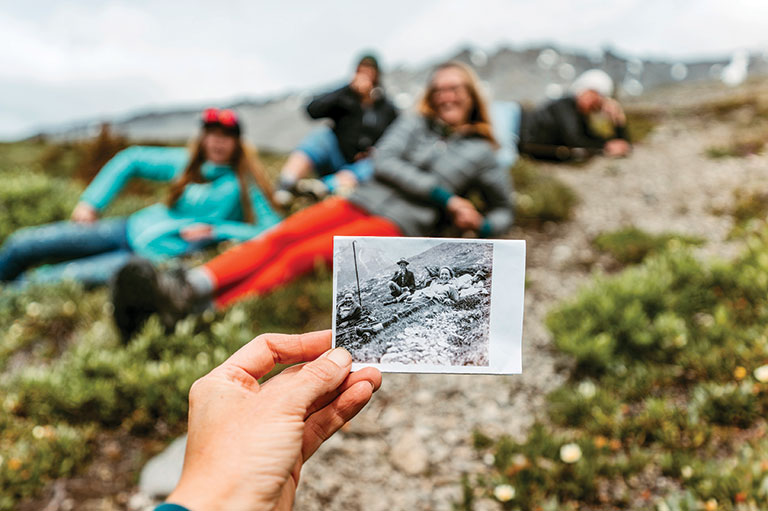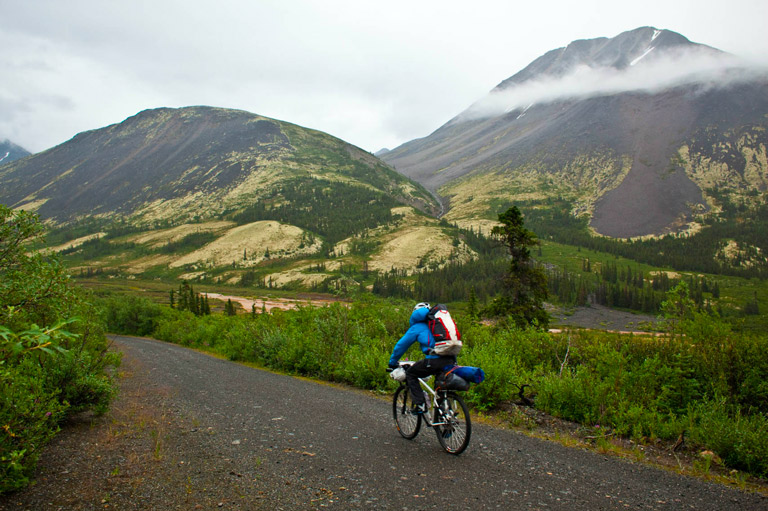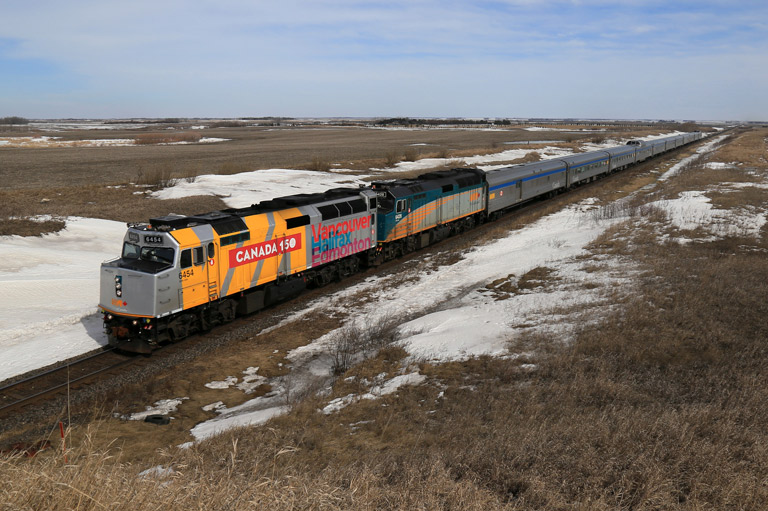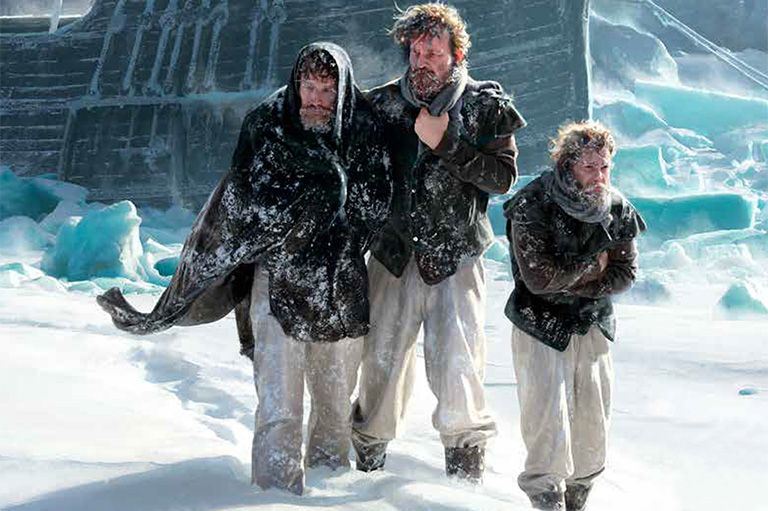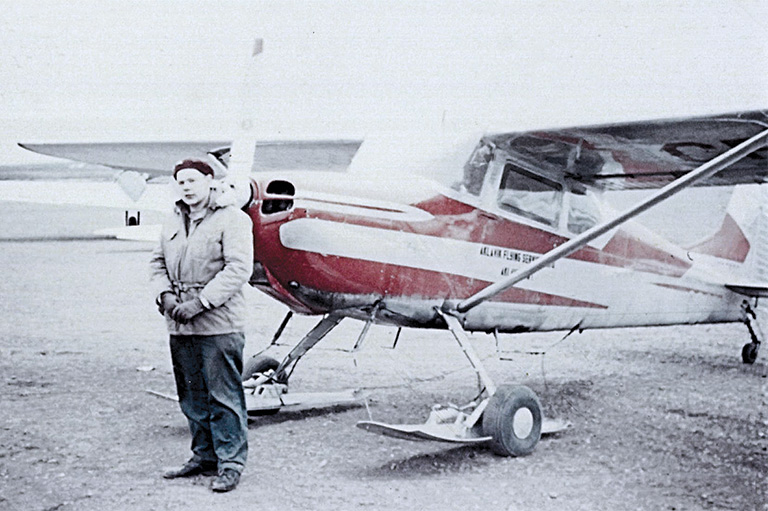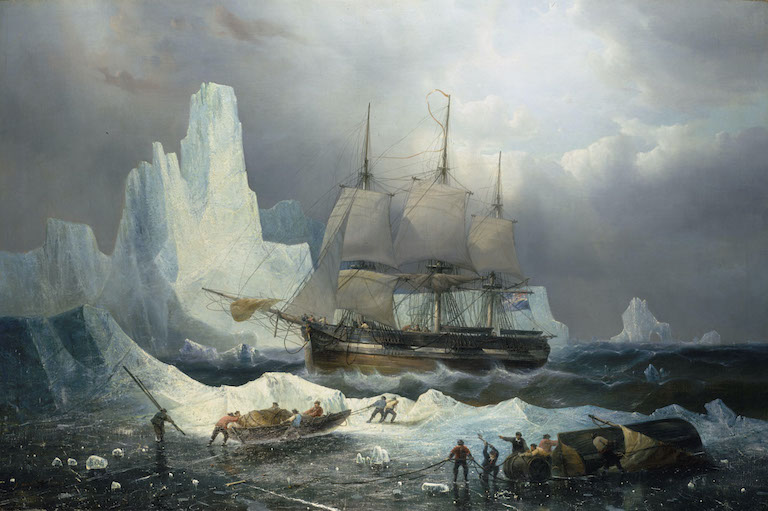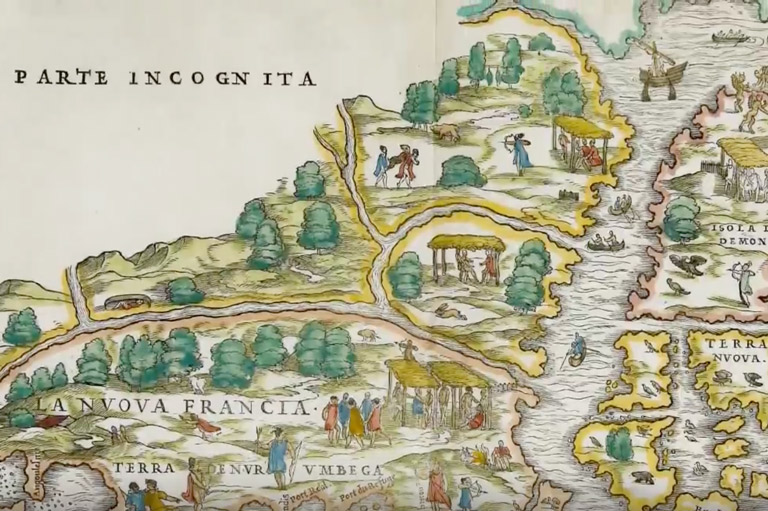Mountain High
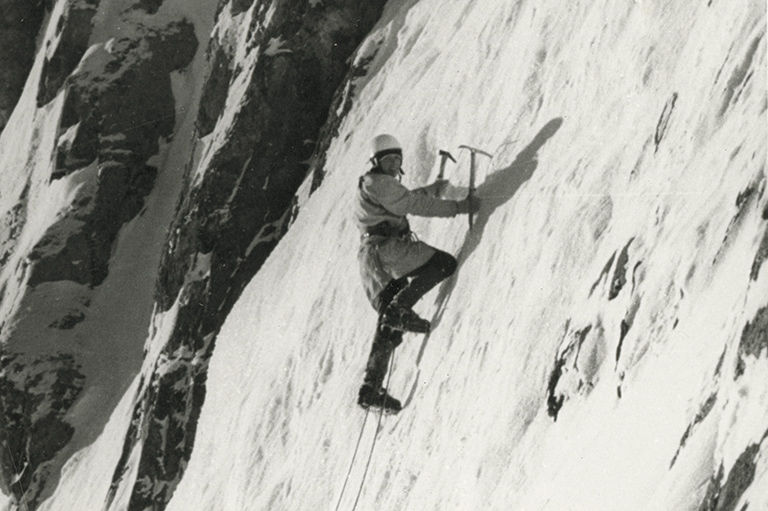
Mountaineering in the Canadian Rockies is almost a secret world — known only to the few hardy souls willing to risk their lives high up on an isolated peak. But, thanks to the Calgary Mountain Club, which recently donated its records to a Banff museum, we now have a new window into that world.
“You really feel that personal connection to the mountains and that passion about just climbing for the sake of climbing,” said Kate Nielsen, an archivist at the Whyte Museum of the Canadian Rockies.
The donation includes photographs, logbooks, handwritten descriptions of first ascents, stories, and artwork dating back to the 1960s. It’s hoped that the records will help researchers understand the history of climbing in the Rockies, said Ken Wiens, the club’s director of communications. Wiens has been climbing since the late 1960s and knows well the pull of the mountains.
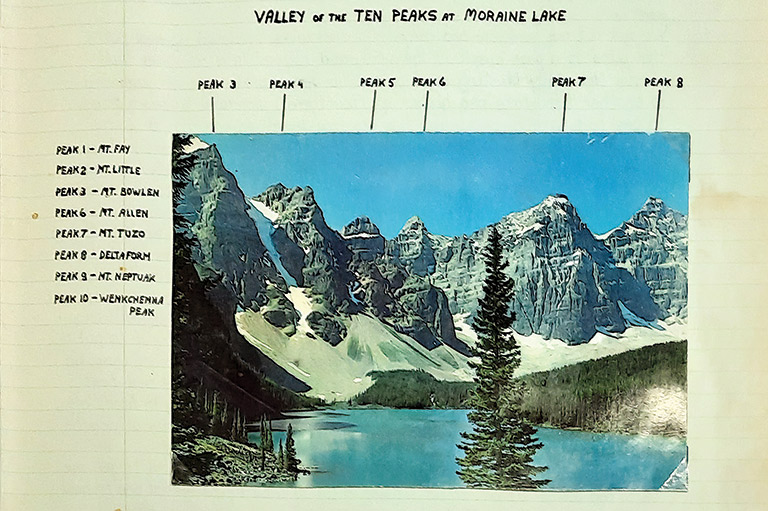
“There’s that desire to go someplace where nobody’s gone before, or to do something that is inherently difficult,” said Wiens, “you know, to push yourself to discover your own limits. And it’s fun.”
The records show how the climbing culture has shifted. For instance, mountaineering was much riskier in the past than it is today. “A big part of the adventure was that there was this focus on self-reliance,” Wiens said. “We didn’t have rescue services. We didn’t have cell phones. You didn’t have satellite communicators. If something went wrong, you had to get yourself out of it.”
Climbers were a different breed back then, he added. “They didn’t think of climbing so much as a sport but as a way of life,” he said. “These guys obviously were fit and well conditioned, and so forth for this, but [some] drank heavily…. The drugs were there in some cases.” Work was often just a means to get enough money to afford the next expedition. “Career was absolutely secondary.”
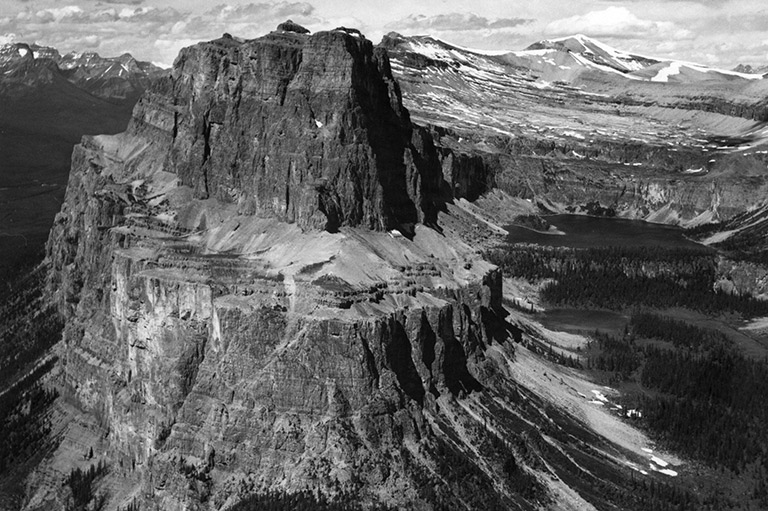
Among the climbers whose work is included in the records is the late Billy Davidson, a pioneer rock-wall climber who introduced extreme climbing to the Rockies. A nearfatal fall in the mid-1970s prompted him to leave the climbing scene and to pursue painting and kayaking instead. John Lauchlan’s notes are also in the donated material.
Lauchlan, one of Canada’s leading mountaineers, died at age twenty-seven when he was swept away by an avalanche near the Columbia Icefield in Alberta in 1982.
With 7 uniquely curated newsletters to choose from, we have something for everyone.
We hope you’ll help us continue to share fascinating stories about Canada’s past by making a donation to Canada’s History Society today.
We highlight our nation’s diverse past by telling stories that illuminate the people, places, and events that unite us as Canadians, and by making those stories accessible to everyone through our free online content.
We are a registered charity that depends on contributions from readers like you to share inspiring and informative stories with students and citizens of all ages — award-winning stories written by Canada’s top historians, authors, journalists, and history enthusiasts.
Any amount helps, or better yet, start a monthly donation today. Your support makes all the difference. Thank you!
Themes associated with this article
Advertisement
Save as much as 40% off the cover price! 4 issues per year as low as $29.95. Available in print and digital. Tariff-exempt!

